News 8/14/12
The Surgeons of Lake County (IL) announce that an unauthorized user hacked into their computer system, encrypted the server, and demanded money in exchange for the password to regain access the EMR and corporate e-mail files. The practice refused to pay the ransom and instead turned off the server and contacted law enforcement. It’s unclear whether the practice had a backup, but the server remains unplugged. The practice believes the intent of the authorized access was to extort money rather than obtain patient information.
Southern Oregon Orthopedics selects the SRS EHR for its 18 providers.
GE Centricity reseller HealthCo Information Systems partners with Shareable Ink to offer an integrated Centricity EHR/Shareable Ink Ambulatory Record solution to HealthCo’s 600 physician practice clients.
Greenway Medical Technologies reseller iPractice Group expands its direct sales force with the addition of five representatives covering nine new states. iPractice, by the way, announced in June that it had secured $32 million in additional funding.
drChrono adds a two-factor login authentication feature using technology from Authy.
A journal article says that because medical schools lack educational mandates and guidelines on how to educate students on EHR usage, some institutions may not be providing adequate training. The Alliance for Clinical Education is pushing schools to teach students to document patient charts, practice order entry in an EHR, understand decision aids that typically accompany EHRs, and develop a set of student competencies related to EHR charting.
EHR/PM provider Pulse achieves full accreditation with the Healthcare Network Accreditation program from EHNAC. While looking at Pulse’s Web site, I noticed that if you view their EHR demo in person you can register to win a “$10,000 dream vacation.” I may need to get my ticket punched at MGMA.
Amazing Charts launches a cloud-based version of its EHR, with pricing starting at $100 per month for a single user and $300 per month for up to five users. Amazing Charts also offers a 28-day free trial.
Medical billing and PM services company Orion HealthCorp signs a two-year agreement with GeBBS Healthcare Solutions for its RCM services.
Outpatient physician imaging practice SimonMed selects Merge’s radiology suite, along with iConnect Access for DICOM image and XDS viewing and iConnect VNA for vendor neutral archiving.
The Chico, CA paper talks to several eClinicalWorks clients about the perks and and problems with the move to EHR. Craig Corp MD describes the move as “a long process with a steep learning curve” that cost his practice “quite a bit, both in the purchase of the equipment and software to run it.” He also adds that “in the long run it will be of great benefit.” Roy Bishop MD notes that MU incentives have motivated many providers to adopt EHRs and that the remaining holdouts are resisting because they fear change.

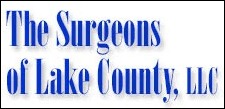



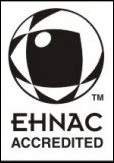
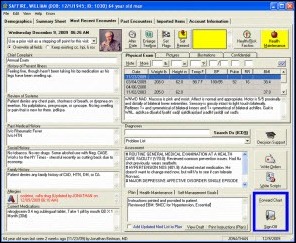








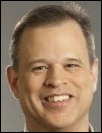
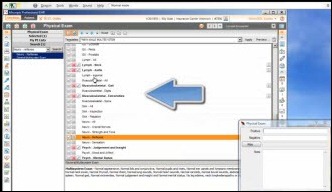
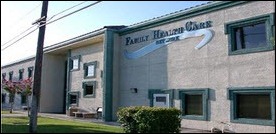
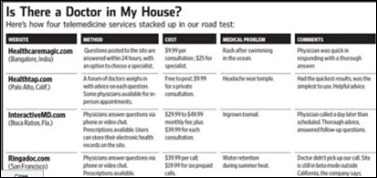


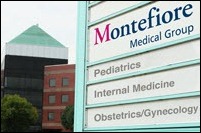
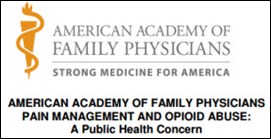
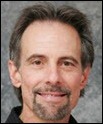

Re: Walmart Health: Just had a great dental visit this morning, which was preceded by helpful reminders from Epic, and…